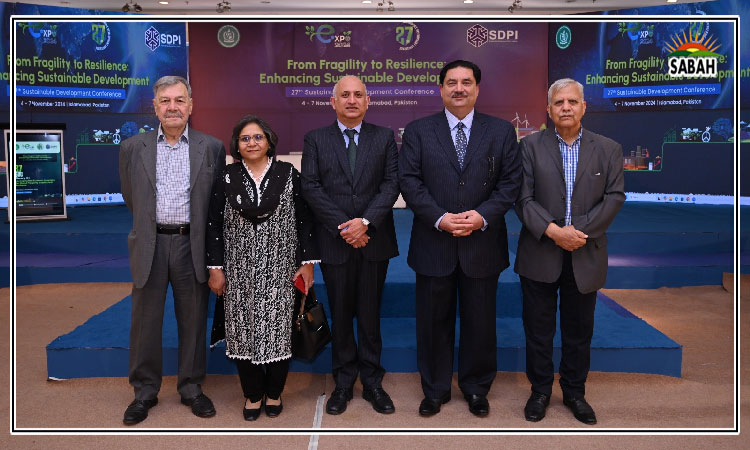Loan sharks in apps…Rafia Zakaria
THE figure of the loan shark has always been a grim and fear-inducing one. For centuries, the creditor showing up at your door to demand money has been the central plot of many a tragedy. In many novels of Charles Dickens, it is creditors who precede the carting off of many a character to the debtors prison.
Even now, a mother, wife or sister putting her jewellery up as collateral against a loan and then losing it all when the money taken cannot be repaid is a frequent character on television and in films and books.
In some Western reality shows, the repo-man is seen tracking and then outwitting payment, dodging borrowers or simply carting away cars or other items that have been bought on unpaid loan. There is money to be made in loan collecting just as it is in lending to needy customers at high interest.
However, it must also be said that there are legitimate fintechs that are entering consumer markets to provide instant loans (albeit often at very high interest rates). Their existence has created a grey zone that can be exploited by scammers to fool potential borrowers.
According to news reports, loan scams are predominantly seen in Mexico, Thailand, Indonesia, India, Pakistan, Colombia, Kenya, Singapore, and the Philippines. While the details may vary, the general ploy is the same: a customer is coaxed into taking an instant loan which can be approved and deposited into the borrowers account at great speed. Note that these fast loan approvals themselves are not scams in the sense that the money is usually delivered to the borrower. This makes it tricky to distinguish from, for instance, instant loan approvals being offered by consumer giants like Flipkart or legitimate fintechs, which also provide money at high interest rates.
The difficulty in distinguishing between the services of dubious loan apps and those of legitimate fintechs has led many to fall prey to blackmail and coercion.
Detecting misuse, Google recently took down 17 loan apps from its Play Store. In dubious apps, the borrower is asked to download a particular application from Google Play, which shows why Google is taking the issue of scams very seriously.
Until now, it could count on the borrower feeling secure in downloading the app because of their confidence in Google-related products. In any case, scam applications are essentially spyware. Once the borrower downloads the application he or she is bombarded by a series of confusing and often contradictory loan guidelines. In the meantime, the app collects information stored in the individuals phone that is then used to blackmail the customer and extort money.
In a recent television documentary, spyware scammers used an Indian call centre to harass and blackmail Australians. The call centre employees that work for these scam spyware applications are nothing like the ones of yore beyond the fact that they still use Western names instead of their own.
Instead of being polite, etc., they utter profanities, resorting to lewd descriptions, and threaten to disseminate illicit photos or pornographic deep fakes to get people to send them sums of money at huge interest rates. One BBC documentary noted how some borrowers committed suicide or took other very negative actions because they could not see a way out of their situation.
In the Australian hunt for people who work at these call centres, a raid was organised that had a camera focused on the very people calling a borrower and resorting to rude and abusive behaviour.
In it, the Indian call centre harasser uses a name different from her own. Once she is on the phone, the tables are turned and the woman is stunned when her victim calls her by her real name and then even proceeds to name the scammer sitting next to her.
But such gotcha moments are not common. The easy temptation inherent in these applications and the difficulty in distinguishing their services from the high-interest loans offered by legitimate fintechs has created an environment where already harassed and vulnerable victims all over the world can easily fall prey to their dubious dealings.
A legitimate fintech will also offer an instant loan and charge an exorbitant interest rate. However, it will not use spyware installed on ones phone or attempt to blackmail and extort money using abusive tactics.
This leads to a difficult question regarding mass consumer finance availability and credit markets. In the West, where credit ratings of individual consumers are well-established, the threat of having these adversely impacted and having to declare bankruptcy, etc., provide a mechanism that creates incentives to pay back loans with a high interest rate. Because Western fintechs rely on a high volume of transactions they can provide instalments and other financial literacy means in order to get people to pay on time.
This is more difficult in emerging credit markets like South Asia and certain countries in the Far East. With familial and community networks dissipating and inflation at record rates, consumers cannot be blamed for needing instant money for sudden and unexpected expenses.
These abusive scammers then perform the role of the loan shark of old crossing the line between what is a legitimate tactic to get a customer to pay and extortion using means such as spyware.
In the meantime, consumers need to be extremely careful regarding who they trust, and should think twice before downloading apps that provide a deal that sounds excellent but is actually too good to be true.
While Googles ban on 17 of these is a good first step, it is hardly anything when one considers the fact that Lookout media has identified 251 android apps and thousands of Apple Store apps that are still available. Even worse, they have already been downloaded a collective 15 million times.
Courtesy Dawn












